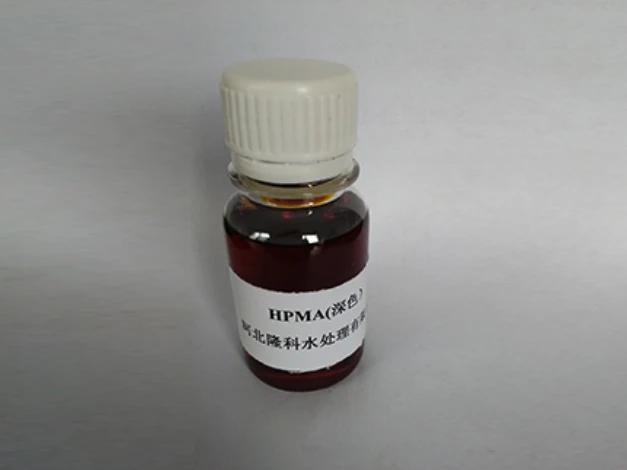Application of Poly Aluminium Chloride for Effective Wastewater Treatment Solutions
The Role of Poly Aluminium Chloride in Wastewater Treatment
Wastewater treatment is a critical process aimed at cleaning water to make it safe for discharge into the environment or for reuse in various applications. Among the various chemical coagulants used in this process, Poly Aluminium Chloride (PAC) has gained significant popularity due to its effectiveness and efficiency. This article explores the importance of PAC in wastewater treatment, its mechanism of action, advantages, and limitations.
Understanding Poly Aluminium Chloride
Poly Aluminium Chloride is a high-performance coagulant, typically produced by combining aluminium hydroxide with hydrochloric acid. This results in a product that contains multiple aluminium species in a polymerized form, which enhances its coagulant properties when compared to traditional coagulants like alum. PAC is available in liquid or solid form and is widely utilized in municipal and industrial wastewater treatment facilities.
Mechanism of Action
PAC functions primarily through the processes of coagulation and flocculation. In coagulation, PAC destabilizes the colloidal particles present in wastewater. The positively charged aluminium ions neutralize the negatively charged particles, allowing them to clump together. This clumping forms larger aggregates, known as flocs. During the subsequent flocculation process, these flocs settle at the bottom of the treatment tank, effectively removing suspended solids and impurities from the water.
The efficiency of PAC in improving water quality can be attributed to its unique properties - High Charge Density The high positive charge of PAC enhances its effectiveness in coagulating a wide range of contaminants. - Broad pH Range PAC performs well across various pH levels, making it versatile for different wastewater compositions. - Reduced Sludge Production PAC typically generates less sludge compared to traditional coagulants, which simplifies the post-treatment disposal process.
Advantages of Using PAC
1. Effective Removal of Contaminants PAC is especially effective in removing organic materials, color, turbidity, and other colloidal substances from wastewater. This leads to improved overall water quality.
poly aluminium chloride in wastewater treatment

2. Cost-Effectiveness Although the upfront cost of PAC may be higher than that of traditional coagulants, its efficiency means that lower dosages are often required, ultimately leading to cost savings in treatment operations.
3. Operational Flexibility The various formulations of PAC allow for tailored applications in different wastewater scenarios. This flexibility means it can be used effectively in municipal wastewater treatment as well as in specific industrial applications, such as paper manufacturing and food processing.
4. Better Settling Properties The flocs formed using PAC tend to settle more quickly and compactly than those formed with other coagulants, which enhances the overall efficiency of the treatment process.
Limitations of PAC
Despite its advantages, PAC is not without limitations. One primary concern is the potential for aluminium toxicity in treated effluent. Aluminum can be harmful to aquatic life at higher concentrations, so thorough monitoring is essential to ensure that PAC use does not adversely affect the receiving environment.
Furthermore, the optimal dosage of PAC varies depending on the characteristics of the wastewater being treated. This necessitates careful testing and adjustment, which may complicate operations in some treatment facilities.
Conclusion
In summary, Poly Aluminium Chloride plays a vital role in modern wastewater treatment processes due to its effective coagulation properties, cost-efficiency, and operational flexibility. As regulatory pressures and environmental considerations increase, the usage of PAC is likely to expand in both municipal and industrial contexts. However, proper management and monitoring practices are essential to minimize potential drawbacks, ensuring that PAC contributes positively to sustainable water management practices. With ongoing research and development, PAC may continue to evolve, further enhancing its role in ensuring clean and safe water for future generations.
-
Dodecyldimethylbenzylammonium Chloride: High-Purity DisinfectantNewsAug.30,2025
-
2-Phosphonobutane-1,2,4-Tricarboxylic Acid: Scale & CorrosionNewsAug.29,2025
-
Premium Isothiazolinones | Broad-Spectrum Biocidal SolutionsNewsAug.28,2025
-
LK-319 Special Scale And Corrosion Inhibitor For Steel Plants: Advanced Solutions for Industrial Water SystemsNewsAug.22,2025
-
Flocculant Water Treatment: Essential Chemical Solutions for Purification ProcessesNewsAug.22,2025
-
Isothiazolinones: Versatile Microbial Control Agents for Industrial and Consumer ApplicationsNewsAug.22,2025





